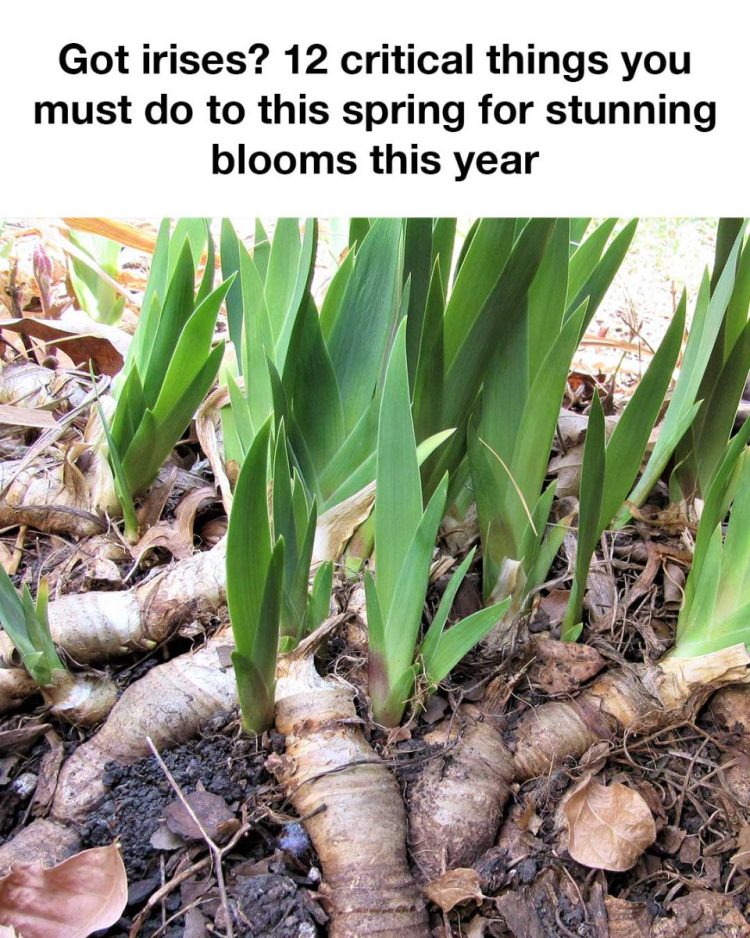Spring is a critical time for gardeners who want to ensure their irises bloom beautifully. Irises are known for their striking flowers and are a favorite among gardeners for their vibrant colors and unique shapes. However, to achieve stunning blooms, it’s essential to provide them with the right care during the spring. This season is when irises wake from their winter dormancy and begin their growth cycle, making it the perfect time to give them the attention they need. By following a few key steps, you can set the stage for a spectacular display of irises in your garden.
Understanding the Importance of Spring Maintenance for Irises
Spring maintenance is crucial for irises because it sets the foundation for their growth and flowering. During this time, irises require specific care to ensure they have the nutrients, space, and conditions needed to thrive. Proper maintenance helps prevent issues such as overcrowding, nutrient deficiencies, and pest infestations, all of which can negatively impact bloom quality. By understanding the importance of these tasks, gardeners can take proactive steps to support their irises’ health and maximize their blooming potential.
Preparing Your Garden for Irises: Essential Steps
Before focusing on individual plants, it’s important to prepare the entire garden area where your irises will grow. This involves clearing away debris, ensuring the soil is in good condition, and planning for any necessary changes to the garden layout. By creating an optimal environment, you give your irises the best chance to flourish. This preparation also includes checking for any potential pest issues and ensuring that the garden receives adequate sunlight and water.
1. Assessing Soil Conditions for Optimal Iris Growth
Irises thrive in well-drained, fertile soil. Begin by testing your soil’s pH level, which should ideally be between 6.0 and 7.0. If your soil is too acidic or alkaline, consider amending it with lime or sulfur to adjust the pH. Additionally, enrich the soil with organic matter, such as compost or well-rotted manure, to improve its fertility and structure. Good soil conditions are essential for healthy root development and vibrant blooms.
2. Ensuring Proper Drainage to Prevent Root Rot
Irises are susceptible to root rot if they sit in waterlogged soil. To ensure proper drainage, consider planting irises in raised beds or on slopes. If your garden has heavy clay soil, amend it with sand or gravel to improve drainage. Avoid planting irises in low-lying areas where water tends to accumulate. Proper drainage is crucial to prevent root rot and promote healthy growth.
3. Pruning and Cleaning Up Last Year’s Foliage
In early spring, remove any dead or damaged leaves from your irises to encourage new growth. Cut back the foliage to about 6 inches above the rhizome, being careful not to damage the plant’s base. This cleanup helps prevent diseases and pests from overwintering in the old foliage and allows sunlight to reach the new shoots.
4. Dividing Overcrowded Clumps for Healthier Blooms
Irises can become overcrowded over time, leading to reduced blooming. Every three to five years, divide the clumps to ensure each plant has enough space to grow. Dig up the rhizomes and separate them, discarding any that are diseased or damaged. Replant the healthy rhizomes with adequate spacing to promote air circulation and prevent competition for nutrients.
5. Fertilizing Irises: Choosing the Right Nutrients

I didn’t know about this
ADVERTISEMENT
For Complete Cooking STEPS Please Head On Over To Next Page Or Open button (>) and don’t forget to SHARE with your Facebook friends
ADVERTISEMENT